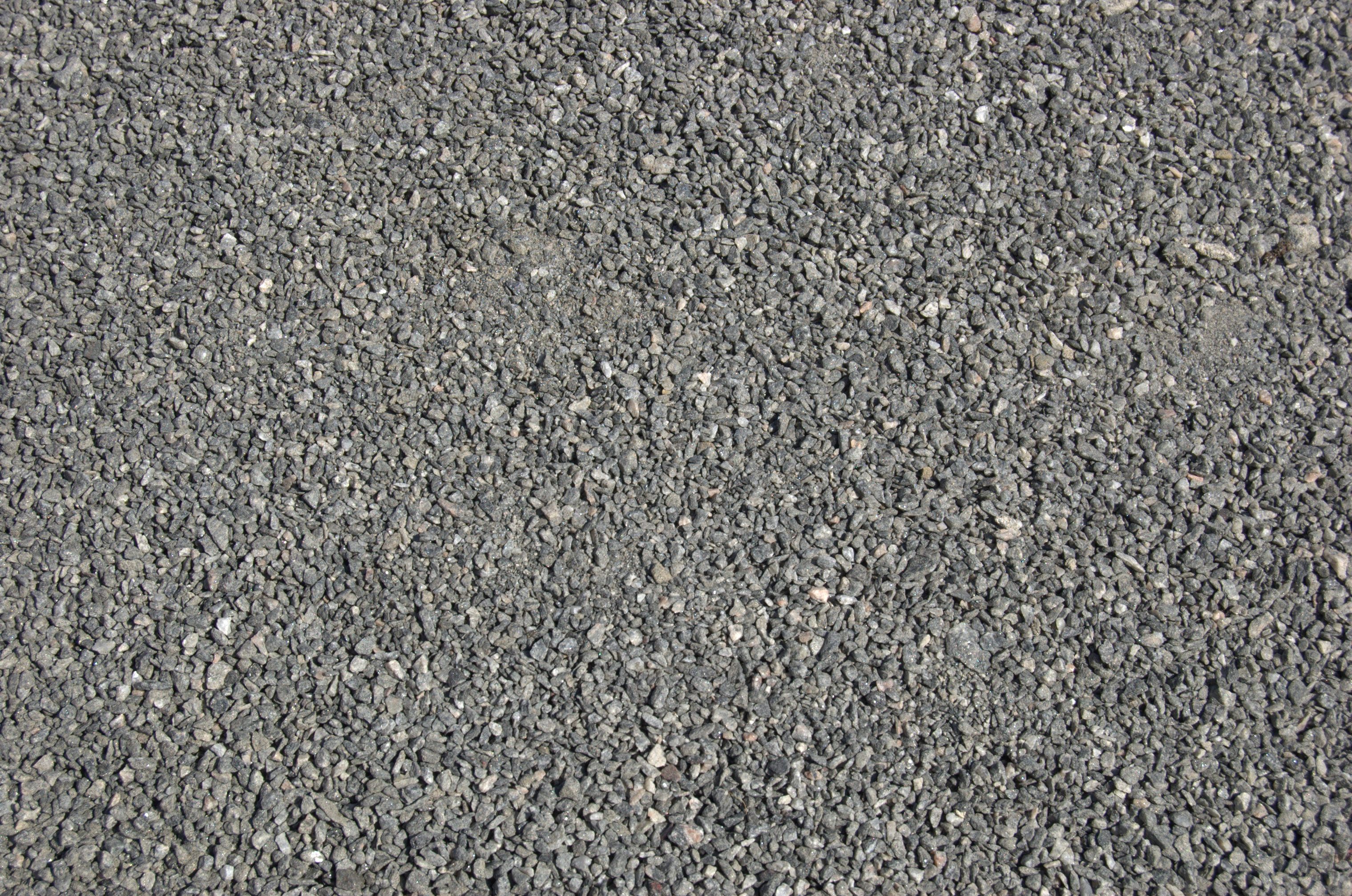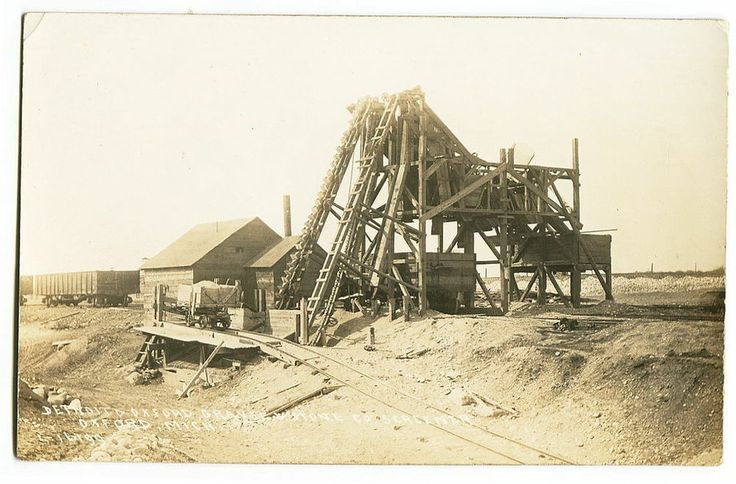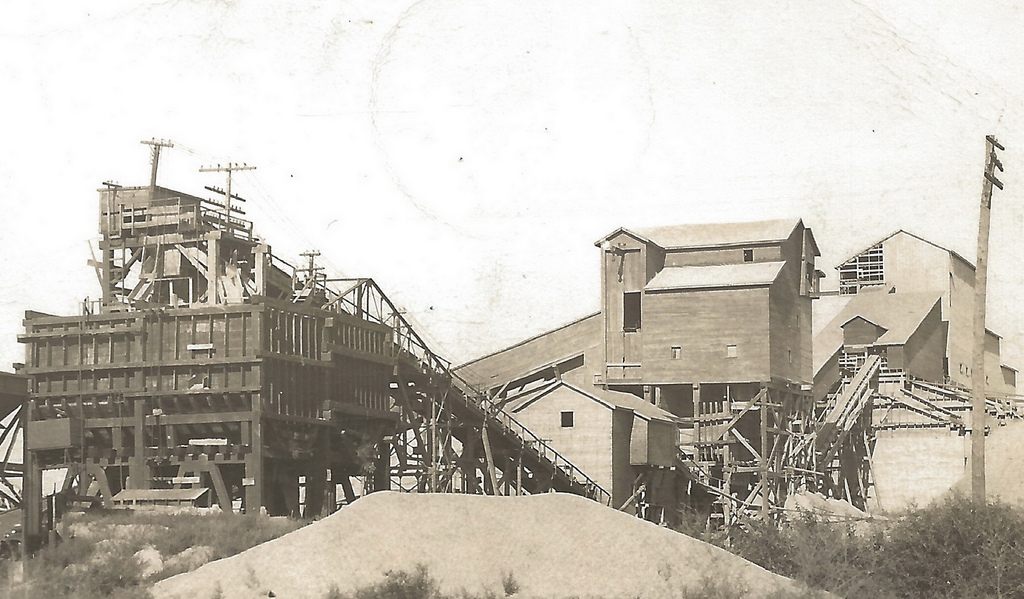How a Small Town in Michigan Became the World’s Gravel Capital
The intriguing story of Oxford and its pits.

Gravel with small stones. (Photo: Martin Olsson/Wikimedia Commons)
Imagine a kingdom that consisted entirely of stones. In the throne room you’d have your diamonds, rubies and emeralds. Around them would lounge the courtiers, the semi-precious garnets and amethysts, topaz and turquoise. Further down the hierarchy you might find quartzes and micas standing guard, and talc and feldspar sweating in the royal kitchen. And then, at the very bottom of the pile, lurking in the shadows around the castle walls, drinking too much ale and falling into puddles, you’d find gravel.
When it comes to stone, gravel is the lowest of the low, the basest of the base. So what does that make Oxford, Michigan, the Gravel Capital of the World?

The Detroit Gravel Stone Company, in the 1900s. (Photo: Public Domain)
The pits. Literally. Oxford is rich in gravel pits. Or at least it was. When the glaciers of the last Ice Age swept down over the North American landmass, they left behind them many beautiful gifts—finger lakes, arêtes, cirques. They also left millions of tons of gravel, the result of the importunate heaves of an overbearing glacier grinding up and down Michigan’s virginal granite bedrock. The village of Oxford, Michigan (motto: “Small. Done Right”) lies atop one of these gigantic gravel veins. Admittedly this was due more to luck than any mineral nous in the early settlers. When the land around Oxford was first surveyed in the early 19th century the findings were not favorable. “It is so bad,” said one surveyor, “that there would not be more than one acre out of a thousand that would in any case admit of cultivation.” Pioneers who lived here largely made their living collecting the bounty on wolf scalps. So awful was it that the area became widely known as “The Barren Plains of Oxford.”
It was not until the dawn of the 20th century that one man looked upon Oxford’s desolate, swampy, wolf-infested landscape and saw a promised land.
W.O. Smith, the prophet of aggregate, and a man whose name resounds through the pages of august trade publication The National Sand and Gravel Bulletin, set up his first rock crushing plant in the town in 1908. By 1911 his gravel interests had merged with the behemoth that was the Michigan Pressed Brick Company of Detroit and he was mining 250 tons of crushed granite a day. Soon the huge gravel vein that lay beneath Oxford attracted others—American Aggregates, the Wolverine Sand & Gravel Company, Koenig Sand & Gravel—and by the 1920s the small village was shipping out 5 million tones of gravel a year. Oxford became known as the “Gravel Capital of the World” and, in its pride, Oxford, Michigan declared itself the sister city of Oxford, England. There was a link, of sorts. While the latter boasted of its “dreaming spires” the former had the “Sandman pits.” But what exactly was this grey gold that had turned Oxford from howling marshland into hub of industry?

A view of Oxford pits from 1947. (Photo: UpNorth Memories/Flickr)
There have been many conflicting attempts to define exactly what gravel is. As with hard-core pornography we tend to know it only when we see it. However a rough compounding of different scales of grain size suggests that gravel is any rock fragment between 2 mm and 64mm wide. What’s not in question is its utility. Gravel is used to reclaim land, to provide foundations for buildings, to surface roads, to make concrete, and to provide ballast in boats. And yet despite all its uses it is hard to say that gravel is a treasured commodity. Gravel’s nugatory size is, perhaps, part of its problem. It lacks both the liquescent luxuriousness of silt and sand and the pomp and circumstance of the larger cobbles and boulders. Even W.H. Auden, a poet with a passionate geological bent, could make nothing of the substance. In his famed topographical poem In Praise of Limestone, he declared gravel “immoderate” and a breeding ground for dictators:
“`Come!’ purred the clays and gravels,
`On our plains there is room for armies to drill; rivers
Wait to be tamed and slaves to construct you a tomb”
Perhaps it is the negative connotations that have been affixed to gravel that prevent us from truly appreciating it. In Victorian times kidney stones were known as “gravel”. Today gravel is the preferred size of stones used in stoning executions in Iran (further corroboration can be found in Monty Python’s Life of Brian). Not only is it deleterious to your health it’s also terrible for your wallet. A recent real estate study found that the practice of cladding a house in pebbledash—plaster mixed with gravel—is said to reduce the value of a property by 5 percent.
Indeed gravel would seem destined to be overused and under-loved were it not for the beneficent gaze of one country—Japan. As many down-on-their-luck pop groups have found out, when all seems lost that country’s unique and powerful aesthetic tastes can propel even the most unlikely object from obscurity to fame. Yes, gravel is big in Japan, not just as a building material but as an aesthetic commodity that is treated less as a clastic sediment than a fine wine. There is the prized Shirakawa-suna, a light grey gravel from the Kyoto region, or Ise-Jari, a special granite gravel from the Mie prefecture that turns pitch dark when wet, or the much sought after blue gravel Naruto-ao-jari.

Oxford, Michigan today looks charming. (Photo: Cptimes/Wikimedia Commons)
The reason for this gravel fetish is the popularity of “dry” or “zen” gardens known as kare-sansui. In these gardens gravel is raked into various intricate patterns that mimic waves or ripples of water. One of the most famous dry gardens is Ryōan-ji, a Buddhist temple in Kyoto that was built in the 15th century, and consists of an austere arrangement of fifteen rocks resting on a bed of white gravel. These gardens are designed for meditation and contemplation, not just in the viewer but in that of the gardener too. At Ryōan-ji, for instance, the painstaking raking of the gravel into perfectly straight lines is intended to focus the patience, skill and concentration of the monk caretakers. It is a way of gaining satori—enlightenment.
The active gravel pits of Oxford have long since dwindled in size and number. Their abundance has been transported to the four corners of the earth to become the unseen foundation for houses, the nondescript coverings for roads. But in Japan gravel has undergone a transformation. From being the most ignoble and invisible of stones gravel has found a way to become the most exalted.








Follow us on Twitter to get the latest on the world's hidden wonders.
Like us on Facebook to get the latest on the world's hidden wonders.
Follow us on Twitter Like us on Facebook